There are echoes of Palmyra around the world -- is that all that will be left?
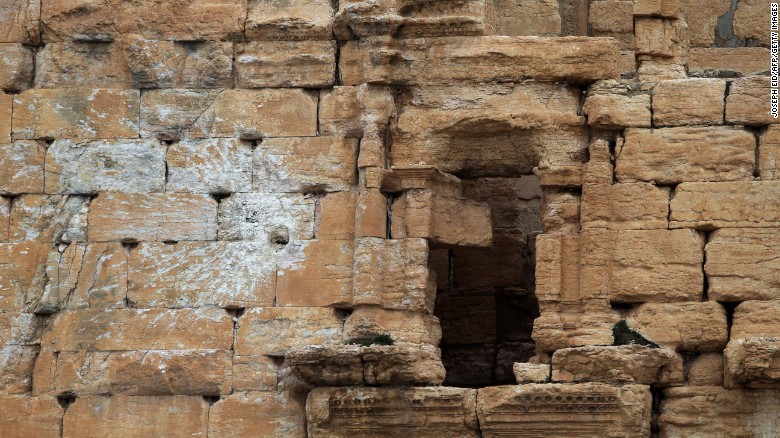
10 photos: The ruins of Palmyra
A wall in the ancient city shows damage caused by shelling, seen in March 2014.
Hide Caption
6 of 10
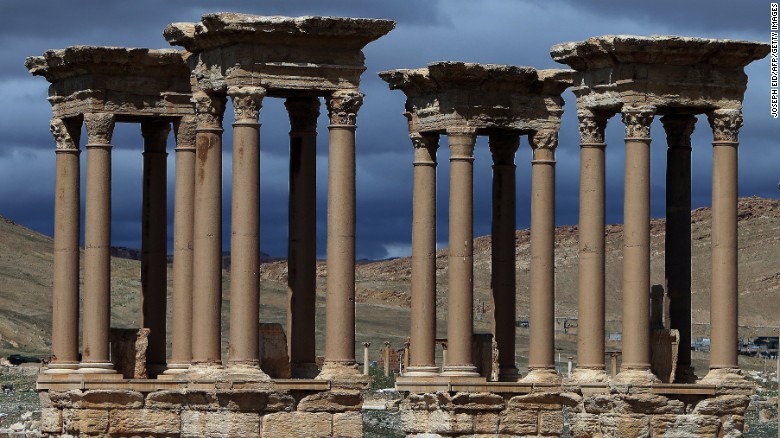
10 photos: The ruins of Palmyra
The Tetrapylon (Monumental Entrance) was reconstructed by the Directorate of Antiquities of Syria in 1963.
Hide Caption
7 of 10
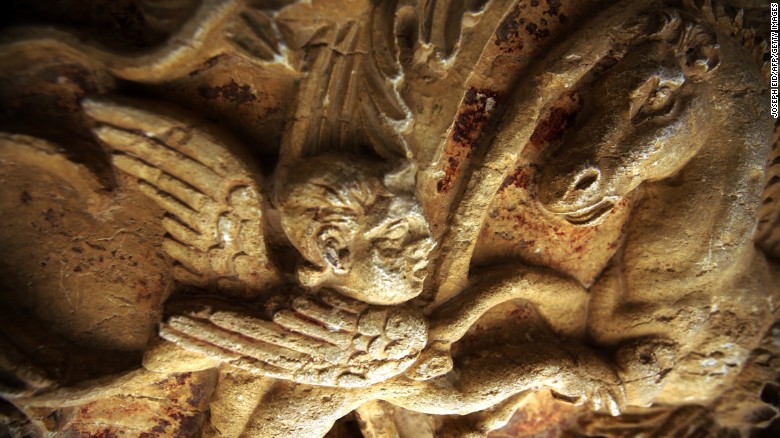
10 photos: The ruins of Palmyra
Carvings are seen on a wall in the courtyard of the Sanctuary of Baal.
Hide Caption
8 of 10
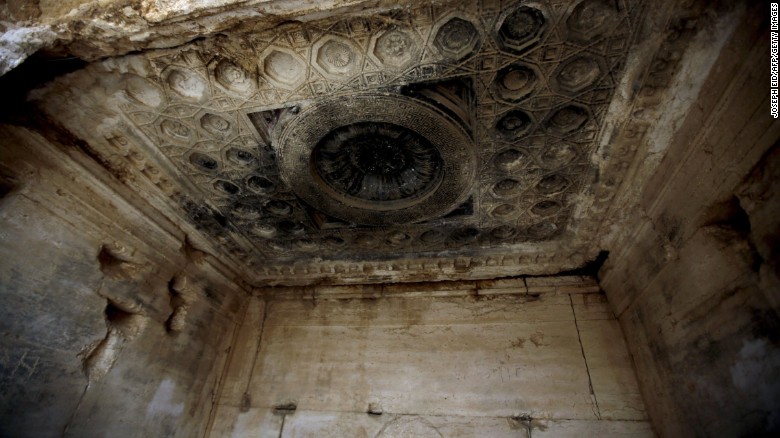
10 photos: The ruins of Palmyra
Inside the Temple of Baal, which has been damaged by artillery shelling.
Hide Caption
9 of 10
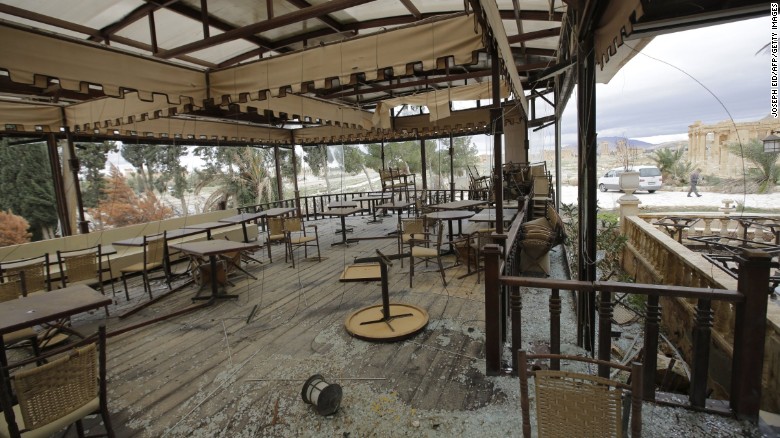
10 photos: The ruins of Palmyra
The ruins of Palmyra are seen in the background opposite the Sham Zenobia Palace Hotel, which has also been damaged since the conflict in Syria began.
Hide Caption
10 of 10
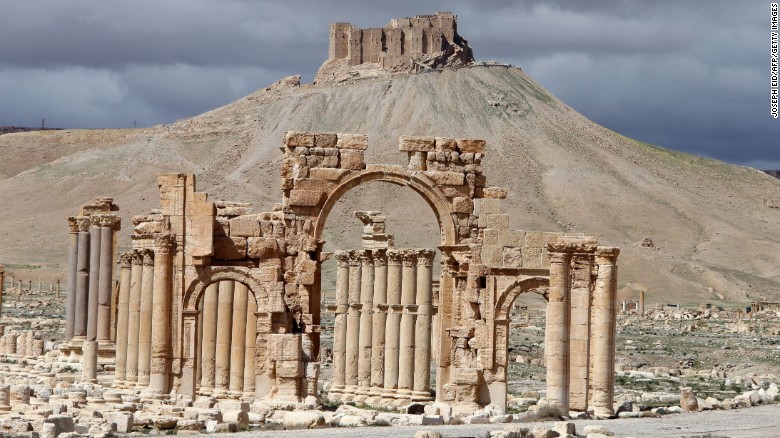
10 photos: The ruins of Palmyra
The 1,800-year-old Arch of Triumph in Palmyra framed the approach to the city when it was part of the Roman empire.
Hide Caption
1 of 10
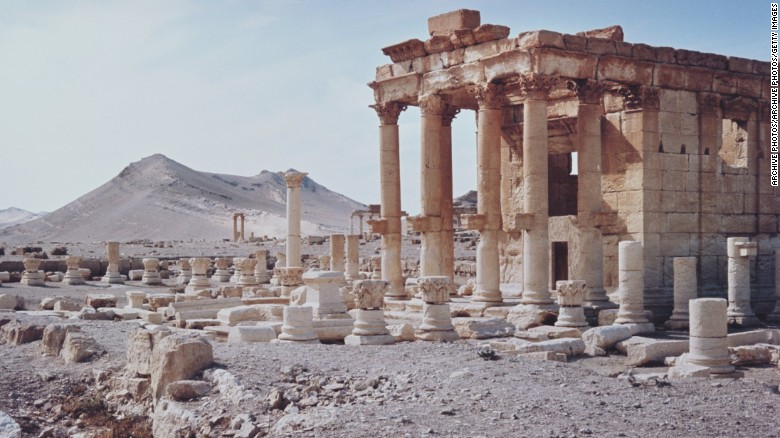
10 photos: The ruins of Palmyra
The temple of Baalshamin in Palmyra, Syria, seen in a file image dating back to 1960. ISIS militants are reported to have rigged the ruins with large quantities of explosives before detonating them. The timing of the blast is uncertain -- the UK-based Syrian Observatory for Human Rights says it happened sometime in late July/early August.
Hide Caption
2 of 10
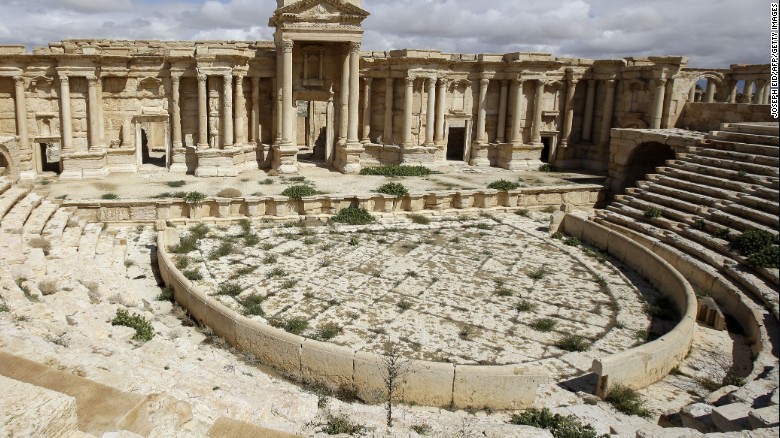
10 photos: The ruins of Palmyra
The ancient ruins of Palmyra have stood since the second millennium B.C. and features some of the most advanced architecture of the period. The UNESCO World Heritage Site subsequently evolved through Greco-Roman and Persian periods, providing unique historic insight into those cultures. Palmyra has been damaged during Syria's Civil War, and Syria's government has confirmed ISIS fighters destroyed two ancient Muslim shrines in the ancient oasis city.
Hide Caption
3 of 10
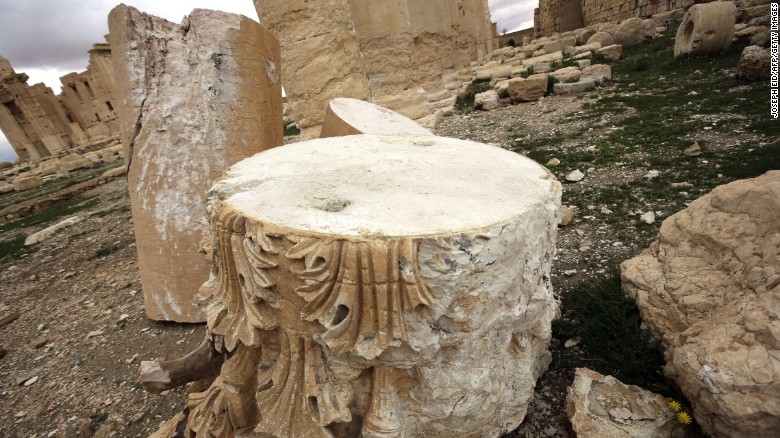
10 photos: The ruins of Palmyra
Columns in the courtyard of the Temple of Baal are seen in March 2014, damaged by artillery shelling.
Hide Caption
4 of 10
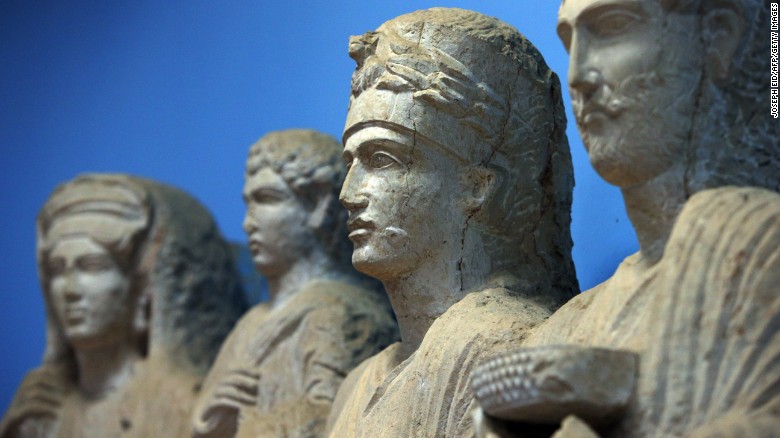
10 photos: The ruins of Palmyra
A sculpture depicting a princess from Palmyra is displayed among other art at the city's museum.
Hide Caption
5 of 10

10 photos: The ruins of Palmyra
A wall in the ancient city shows damage caused by shelling, seen in March 2014.
Hide Caption
6 of 10

10 photos: The ruins of Palmyra
The Tetrapylon (Monumental Entrance) was reconstructed by the Directorate of Antiquities of Syria in 1963.
Hide Caption
7 of 10

10 photos: The ruins of Palmyra
Carvings are seen on a wall in the courtyard of the Sanctuary of Baal.
Hide Caption
8 of 10

10 photos: The ruins of Palmyra
Inside the Temple of Baal, which has been damaged by artillery shelling.
Hide Caption
9 of 10

10 photos: The ruins of Palmyra
The ruins of Palmyra are seen in the background opposite the Sham Zenobia Palace Hotel, which has also been damaged since the conflict in Syria began.
Hide Caption
10 of 10

10 photos: The ruins of Palmyra
The 1,800-year-old Arch of Triumph in Palmyra framed the approach to the city when it was part of the Roman empire.
Hide Caption
1 of 10

10 photos: The ruins of Palmyra
The temple of Baalshamin in Palmyra, Syria, seen in a file image dating back to 1960. ISIS militants are reported to have rigged the ruins with large quantities of explosives before detonating them. The timing of the blast is uncertain -- the UK-based Syrian Observatory for Human Rights says it happened sometime in late July/early August.
Hide Caption
2 of 10

10 photos: The ruins of Palmyra
The ancient ruins of Palmyra have stood since the second millennium B.C. and features some of the most advanced architecture of the period. The UNESCO World Heritage Site subsequently evolved through Greco-Roman and Persian periods, providing unique historic insight into those cultures. Palmyra has been damaged during Syria's Civil War, and Syria's government has confirmed ISIS fighters destroyed two ancient Muslim shrines in the ancient oasis city.
Hide Caption
3 of 10

10 photos: The ruins of Palmyra
Columns in the courtyard of the Temple of Baal are seen in March 2014, damaged by artillery shelling.
Hide Caption
4 of 10

10 photos: The ruins of Palmyra
A sculpture depicting a princess from Palmyra is displayed among other art at the city's museum.
Hide Caption
5 of 10
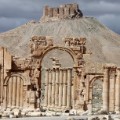
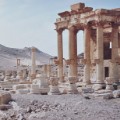
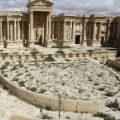
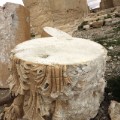

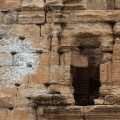
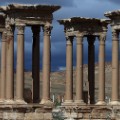
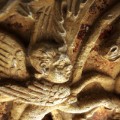
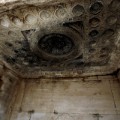
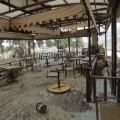
Story highlights
- In May, ISIS seized Palmyra, the UNESCO designated World Heritage Site
- ISIS Militants have since destroyed shrines, temples, and monuments of the ancient Syrian city
- Architectural and historic treasures, including some of the world's oldest Islamic inscriptions, have been obliterated
Simon Mills is a historian specializing in the religious, cultural, and intellectual history of the period from the late seventeenth to the early nineteenth century. The views expressed in this commentary are solely those of the writer. CNN is showcasing the work of The Conversation, a collaboration between journalists and academics to provide news analysis and commentary. The content is produced solely by The Conversation.
(CNN)The grainy satellite image is harrowing. Where the inner area (cella) of Palmyra's first-century AD Temple of Bel can be made out clearly on the older picture, only a chalky, smudged outline remains on the new. The portal in front of the western entrance can just be seen still standing. But the inner sanctum — with its exquisitely carved Zodiac ceiling — has been razed to the ground.
In a fusion of zealous iconoclasm and cynical propaganda the militants of Islamic State have destroyed one of the most treasured artifacts of the ancient Near East.
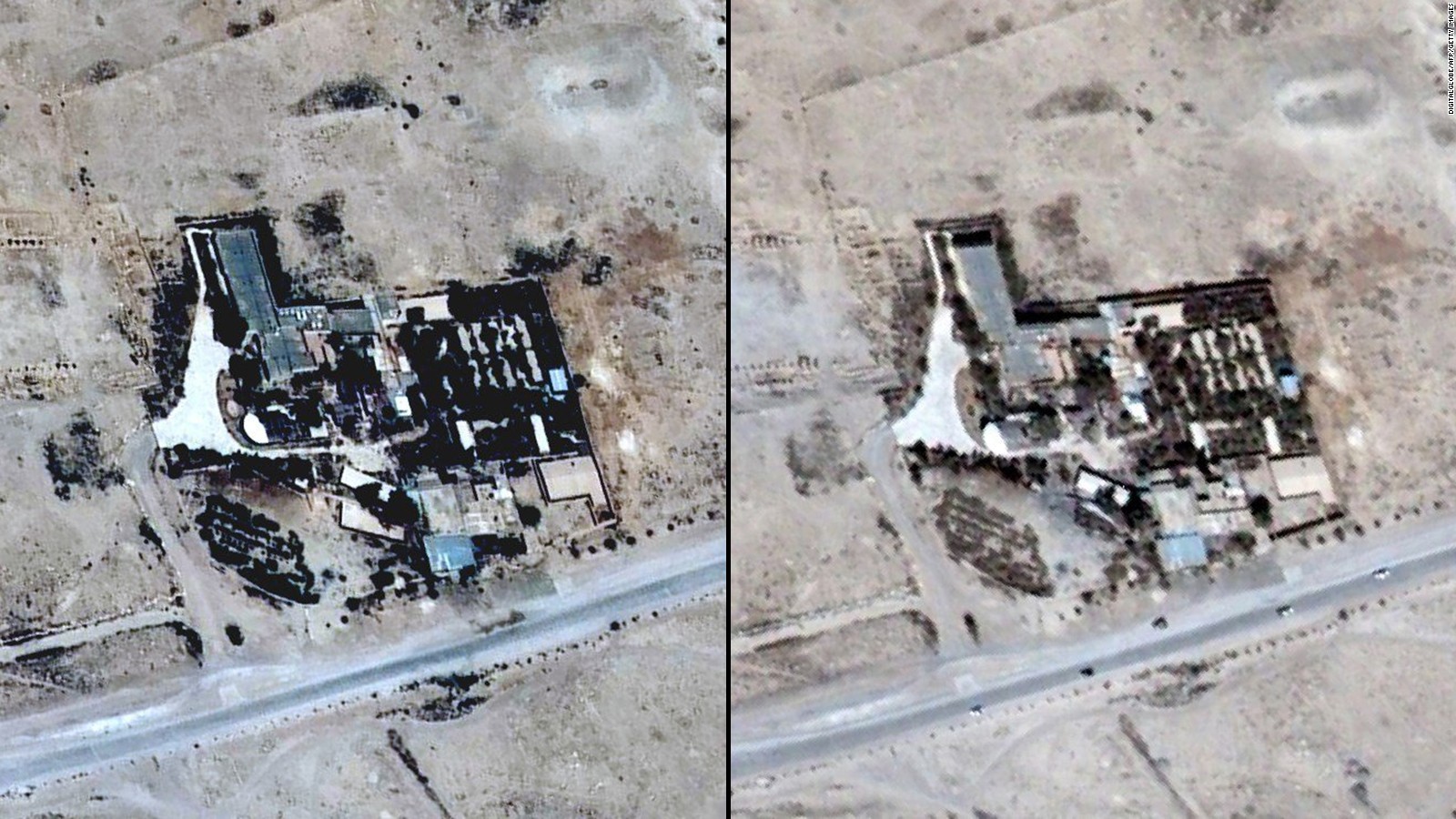
Satellite images show Palmyra on June 26, 2015 (left) and on August 27, 2015 (right).
Its ongoing assault on the ruins of Palmyra, evidenced by recent revelations about the demolition of three tower tombs and aptly described by Maamoun Abdulkarim as "the destruction of a civilization," bodes ill for the remaining splendors of the ancient city.
Across the globe digital images of Palmyra proliferate. The destruction of our shared "cultural heritage" is sorely lamented; the fanatical intolerance of Islamic State contrasted with the culturally eclectic polytheism of the ancient world.
Centuries of Discovery
Suspended above a doorway in the Allard Pierson Museum on the Oude Turfmarkt in Amsterdam is a much older depiction of Palmyra. The painting sheds light on the meaning of this shared heritage and the importance of Palmyra.

A print of "View at the ruins of Palmyra" by G. Hofstede Essen (1693)
This late 17th century oil painting by the German artist G Hofstede van Essen depicts a vast panorama of ruins, amid which the Temple of Bel stands prominently to the left of the picture, at the end of the colonnaded street. This is, in fact, the first surviving image of Palmyra. It dates from an early expedition to the ruined city undertaken by a group of European merchants who had trekked across the Syrian desert with an Arab guide in 1691.
Among these early travellers was an English clergyman called William Hallifax, who was in Syria serving as a chaplain to the small community of English merchants who then lived and worked in the city of Aleppo. Hallifax's account of his voyage provides us with a perceptive account of the Temple of Bel as it stood in the late 17th century. At this point, the temple was still inhabited (this remained the case until 1929 when the locals were resettled in the new town by French archaeologists).
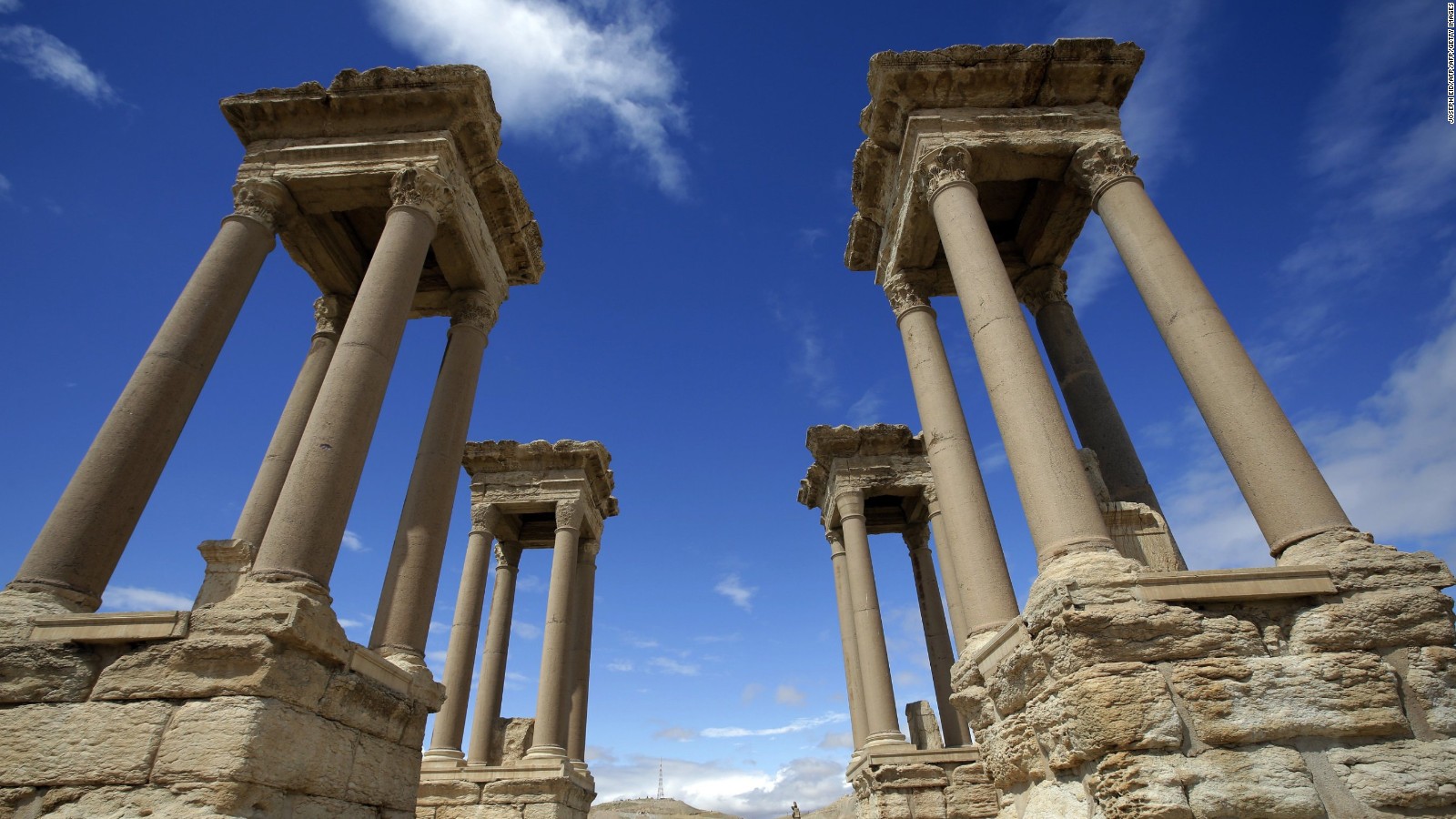
The above picture is taken in 2014 and shows a partial view of the ancient oasis city of Palmyra.
Entering the temple compound, Hallifax was confronted by "thirty or forty families, in little hutts [sic] made of dirt." Surveying the site, Hallifax noted correctly that the outer walls had been rebuilt from older fragments for defensive purposes by the Mamlukes. Passing through the portal into the cella, he was struck by the ornate carvings which amazed him as they would another three centuries of visitors: "I never saw Vines and Clusters of Grapes cut in Stone so Bold, so Lively, and so Natural, in any place."
Hallifax interpreted the Arabic inscriptions on the inner walls — "wrote in flourishes and wreaths, not without art" — as evidence of the building's reuse as a mosque (The IS demolitionists may be unaware that they have also destroyed some of the oldest extant Islamic inscriptions, dating back to 728-9 AD). Above all, he was awed by the Zodiac ceiling ("a most exquisite piece of workmanship") before which he paused in the quiet of the inner sanctum of the temple. It was here that the ancient Palmyrenes worshipped their trinity of deities — Bel, Yarhibol, and Aglibol — so odious to the uncompromising monotheism of IS.
The Palmyrene puzzle
Hallifax's description prompted a wave a interest in Palmyra in late 17th and early 18th-century Europe. In the pages of learned journals scholars conjectured on the dating of the monuments recorded by Hallifax and puzzled over the mysterious Palmyrene script — a cursive version of Aramaic then unknown in the West. In England and the Netherlands, books about Palmyra began to appear, fusing Hallifax's brief observations with the tales of the legendary Queen Zenobia that had been passed down to early modern readers through classical and Byzantine sources.
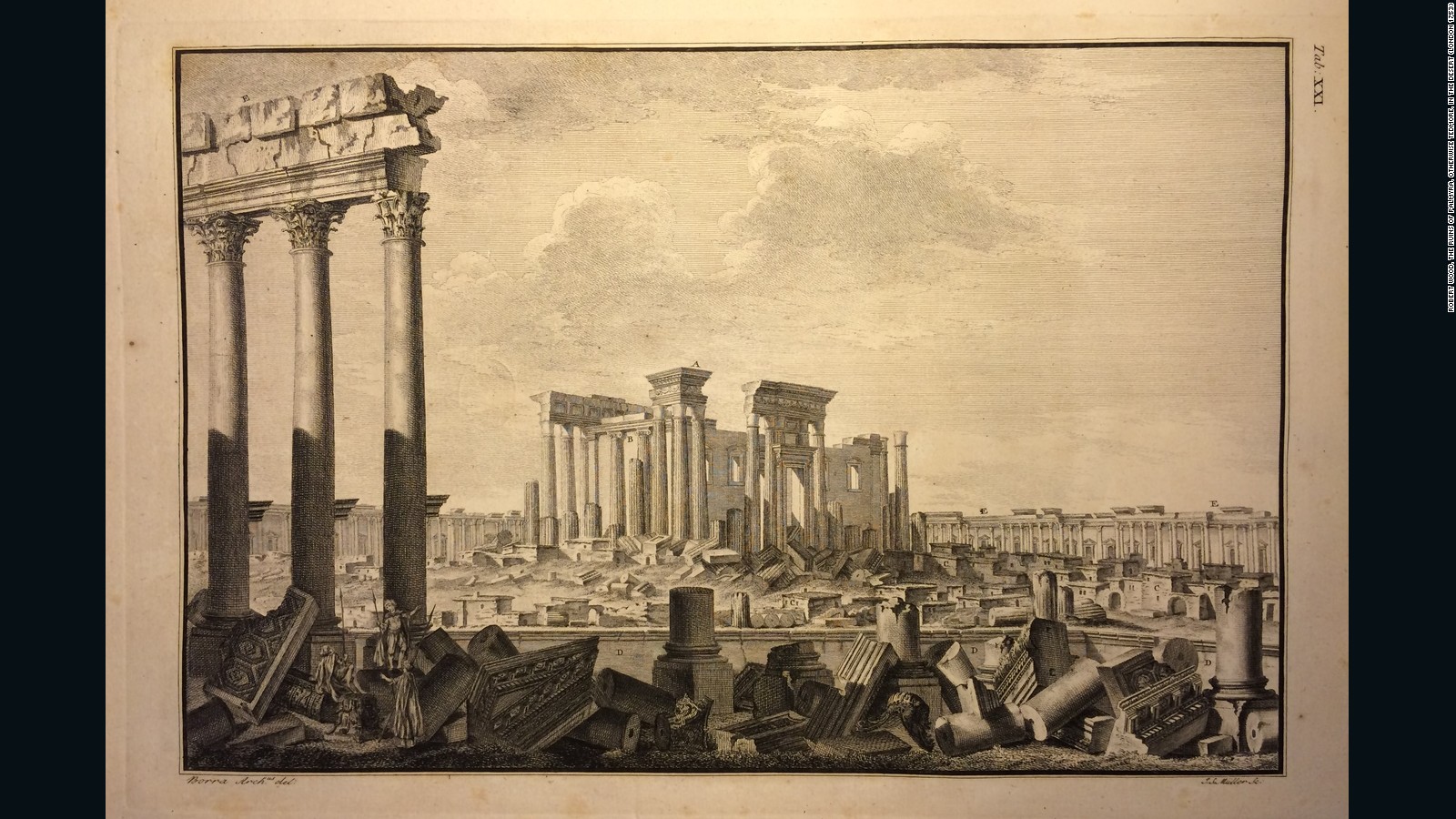
The Ruins of Palmyra, otherwise Tedmore, in the desert (London 1753)
It was not long before another expedition to Palmyra was undertaken. In 1751 a party of English and Italian explorers led by James Dawkins and Robert Wood returned to Palmyra (a feat memorialized in a painting by the Scottish artist Gavin Hamilton). For 15 days the party surveyed the ruins and inscriptions, while their draftsman, Giovanni Battista Borra, produced meticulous drawings of the site. One view of the Temple of Bel shows the dwellings seen by Hallifax, with the soaring columns of the peristyle towering above them.
Wood's The Ruins of Palmyra (1753) reproduced these illustrations as a series of fine prints. The book was a huge success, and inspired the Neoclassical movement in architectural design. Details from the Temple of Bel were reproduced on the ceilings of country houses across England. There is a sad irony now in reading Wood's observation — to which Palmyra was the exception — that "it is the natural and common fate of cities to have their memory longer preserved than their ruins."
A shared heritage
Hallifax, Dawkins, and Wood were the forebears of teams of historians, artists, and archaeologists — Russians, Germans, Americans, and French — who would pass through Palmyra during the 19th and 20th centuries, uncovering more of its temples and mapping its tombs and inscriptions with even greater precision. Following Syrian independence, this mantle passed to scholars such as Khaled al-Asaad, the head of antiquities at Palmyra, brutally murdered by Islamic State while attempting to prevent the destruction of the antiquities he had spent his life studying and conserving.
All of this work was undertaken for different reasons — among them, certainly, personal ambition and the accrual of prestige to the emergent imperial powers across the Middle East. But it would be cynical to see these endeavors solely in an imperial light. Explorers of and writers on Palmyra over three centuries have been united by a desire to understand the past and by a sense of the haunting beauty evoked by Palmyra's unique fusion of Hellenistic and Eastern artistic styles.
More than 300 years of enquiry have forged a shared heritage — a deep sense of value common to generations dead, living, and to come. It may well be that the memory of these sites now outlives the ruins. But the destruction of the ruins is a tragedy, which betrays the past and will impoverish the future.
The Conversation is an independent source of news and views, sourced from the academic and research community and delivered direct to the public.
Copyright 2015 The Conversation. Some rights reserved.
- More Promoted StoriesMore from CNN
- More from CNNWoman stoned to death in Afghanistan over accusation of adulteryISIS victims returning home, with thirst for revengeGrossest restaurant ever? Inside Japan's poo curry cafeMyanmar election: Ruling party says it sees more losses than winsU.S. officials express growing confidence bomb downed Russian planeRussian plane crash in Sinai: Questions swirl as 224 aboard are mourned



No comments:
Post a Comment
Please leave a comment-- or suggestions, particularly of topics and places you'd like to see covered